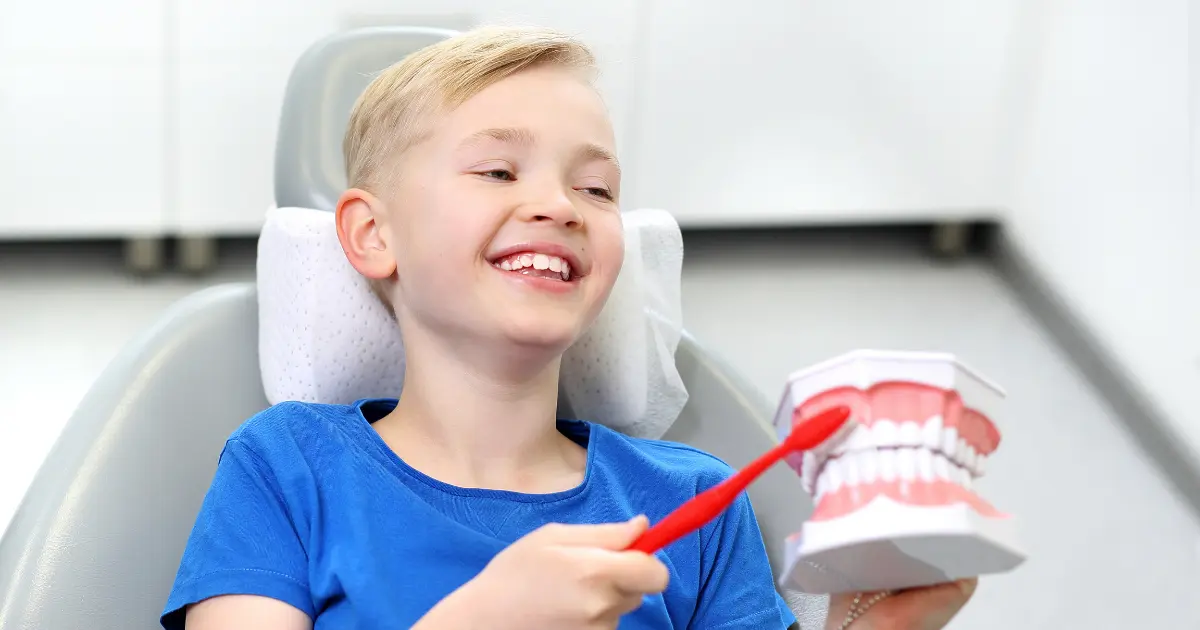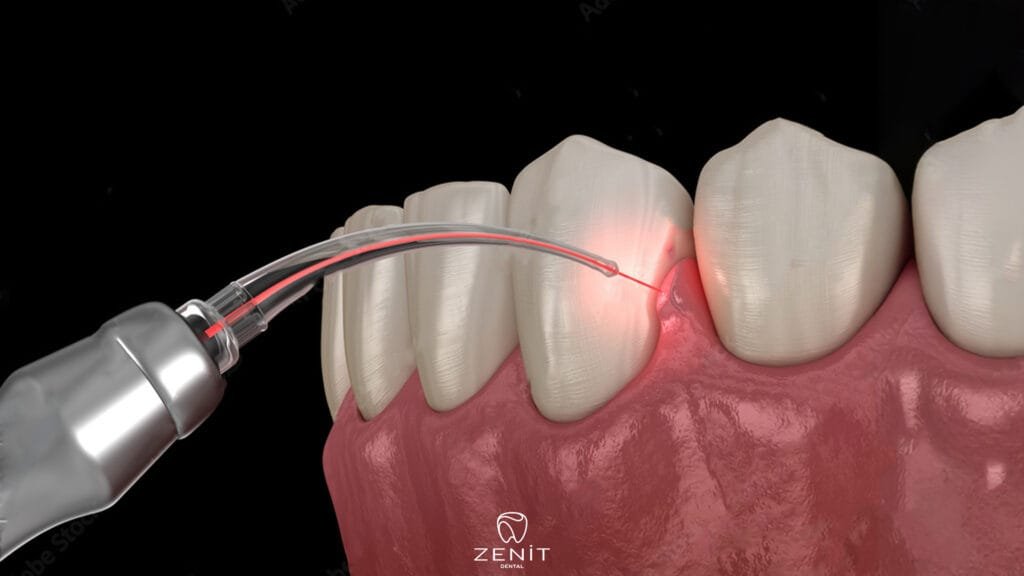Oral and dental health has special importance from infancy. When the milk tooth removed should be pay to the physician’s examination. Because it is the milk teeth that guide the permanent teeth. From infancy until the age of 15 to childhood, pedodontics (pediatric dentistry) are interest in oral and dental health. This branch of dentistry helps children. Especially in the developmental period. Thanks to that, their oral and dental health protected and supported. Besides, it prevents possible dental problems in the future. Pedodontics follows the development of mouth, teeth, and jaw structures from infancy. In this way, it provides the chance to intervene early in possible dental problems at a young age. And it performs preventive treatment methods.
What Procedures Does Pedodontics Cover?
- It ensures that dental phobia, that is, fear of dentists, does not develop in children.
- It helps to take precautions oral and dental care and health in the earliest period. At the same time, it raises awareness of the child and the family on this issue.
- It determines the caries risk group and organizes personalized preventive treatment programs.
- Performs restorative and endodontic treatments of young permanent teeth with milk.
- Pedodontics (pediatric dentistry) performs fasting practices.
- It helps to regulate the eating habit.
- Controls the healthy progress of jaw and tooth development. Besides, it detects the disorder and applies preventive orthodontic treatments.
- Milk applies tooth extraction procedures and, if necessary, a children’s prosthesis or placeholder.
- Follows the follow-up and treatment of children who have experienced dental trauma.
- It performs dental treatments of children who need special attention under sedation. General anesthesia uses for event like this.
Who is a Pedodontics?

Why Are Milk Teeth Important?
What are Preventive Practices in Pedodontics?

- Giving children the habit of brushing their teeth
- Nutrition, oral, and dental hygiene training
- Determining the possible risk of caries
- Applying superficial fluoride to children at risk of tooth decay every 3 or 6 month
- Technic of protective filling, fissure sealant, to molars before the formation of caries
- Movable or fixed placeholder technic to protect place of milk tooth lost for any reason






